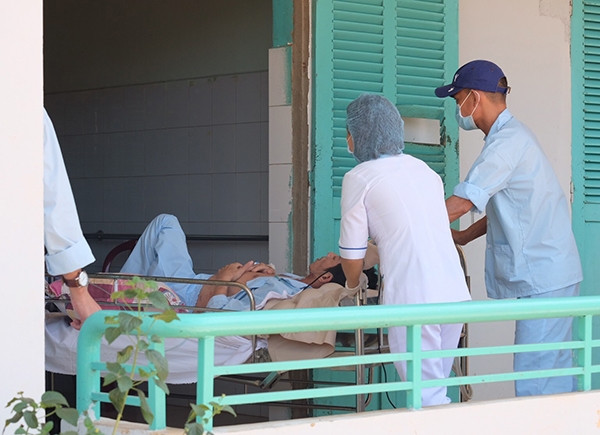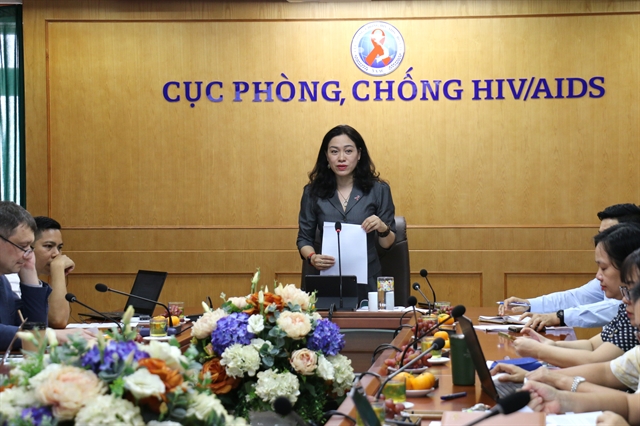 Society
Society

 |
| Dr Phan Thị Thu Hương, director of the Việt Nam Administration for HIV/AIDS Control (VAAC) addresses the press briefing on Monday. — VNS Photo Nhật Hồng |
HÀ NỘI — Việt Nam’s authorities have taken comprehensive approaches to curb the spread of HIV amid the significant shift in the spread of the virus from blood-borne to sexual transmissions, especially among key populations.
The country’s data and efforts in HIV response up until Q3-2024 were released by the Việt Nam Administration for HIV/AIDS Control (VAAC) in a press briefing on Monday, within the National Action Month for HIV/AIDS Prevention and Control (November 10 - December 10).
Among the new infections, blood-borne transmission decreased from 47.5 per cent in 2010 to 6.5 per cent as of September 2024.
Meanwhile, sexual contact has become the primary mode of HIV transmission, increasing from 47.5 per cent to 70.8 per cent in the same period.
In the first nine months of 2024, the country recorded 11,421 new HIV cases and 1,263 deaths related to the virus.
Among them, 82.9 per cent are male, many aged between 15-29 (40 per cent) or 30-39 (27.3 per cent). Men who have sex with men (MSM) are the most affected group, at 42.2 per cent.
Geographically, nearly 70 per cent of these new transmissions are recorded in the southern region of the country, with the Mekong Delta at 31.2 per cent, HCM City at 24.3 per cent and the southeastern region at 12.8 per cent.
However, statistics also revealed potential risks of HIV prevalence due to drug injections, including chemsex (the practice of consuming drugs to enhance sexual activity).
In response, testing services have been expanded across 1,300 health care facilities, with community-based testing available in 33 localities, to reach two million people.
Among them, 176,000 are receiving antiretroviral therapy (ART), as recorded in the nationwide Electronic ARV Drug Management Tool (HMED).
“By providing treatment in an early stage and ensuring that they have stable health conditions, we can disrupt the transmission chains in the community, therefore, ART plays a powerful role [in HIV response],” said VAAC director Dr Phan Thị Thu Hương.
Việt Nam’s ART programmes have received high regard from the international community, with 97 per cent of people on treatment achieving viral suppression (≤1000 copies/mL).
Policy-wise, a new streamlined, updated government decree serving as a guideline for implementation of the Law on HIV/AIDS Prevention and Control will enter into force next month, on December 15.
Decree No 141/2024/NĐ-CP will replace three current legal documents regarding HIV response, testing conditions and opioid replacement therapy (decrees No 108/2007/NĐ-CP, No 75/2016/NĐ-CP and No 90/2016/NĐ-CP).
Highlights of the new document include psychological therapy as a harm reduction prevention for people who use drugs, and removing the requirement of a local police clearance certificate for those who wish to register as peer supporters for people living with HIV.
“This is an opportunity and a basis to facilitate engagement in intervention programmes as peer supporters,” said Dr Nguyễn Thị Minh Tâm, head of the prevention department at VAAC.
The new decree also addresses the shortcomings in current regulation for HIV drug management and distribution for improved medication access, including for rescue workers, children in need of prevention measures against mother-to-child transmission of HIV, and people in closed settings. — VNS




